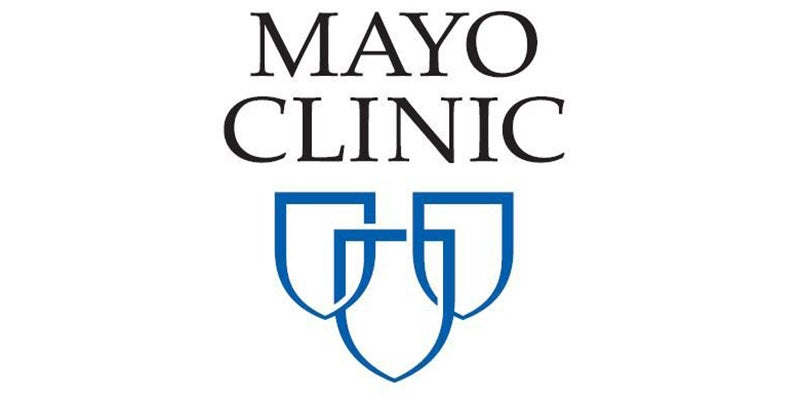U of M study finds ‘health care homes’ model pays off
Published 10:24 am Wednesday, February 10, 2016
By Lorna Benson
MPR.org/90.1 FM
Minnesota’s effort to shift primary care from treating illness to improving patient health is paying off — handsomely.
A University of Minnesota evaluation of so-called “health care homes” shows the team-based approach to care has saved state and federal taxpayers $1 billion. The evaluation also found that health care homes improve the quality of care.
The cornerstone of the health care home concept is better coordination of care. The idea is that a clinic provides its patients a home base for health care and helps them navigate the health care system. These state-certified clinics strive to provide the right care at the right time and place.
The findings on asthma patients were particularly impressive, said Ed Ehlinger, Minnesota health commissioner. The evaluation showed that health care homes are much more likely to implement asthma action plans. Evidence shows that those plans help families reduce asthma crises that require hospitalization.
“That was one that really stood out for me,” said Ehlinger. “If you have asthma, you’re twice as likely to reach your goal in asthma in a health care home than in a non-health care home.”
“We tried everything we could to beat the data to death to say it wasn’t health care homes, and health care homes kept coming back, saying it works.”
Douglas Wholey, U of M study team leader
Health care homes also outperformed other primary care clinics on quality measures for diabetes, depression and heart disease.
The university’s analysis found that health care homes significantly reduce spending on hospital stays. And, when their patients are hospitalized, their length of stay is shorter than it is for patients treated in uncertified clinics. Overall medical spending for enrollees in health care homes was 9 percent lower than costs for enrollees who received care in uncertified clinics.
The Legislature requested the evaluation of the program, which grew out of the state’s 2008 health reform efforts.
Douglas Wholey led the U of M team that pored through Medicaid and Medicare claims data to see whether health care homes were providing a benefit.
Health care homes may not be the only reason for the differences in patient spending. But Wholey said his team adjusted for everything it could think of, and the results are consistent with other research on medical homes.
“We tried everything we could to beat the data to death to say it wasn’t health care homes, and health care homes kept coming back, saying it works,” Wholey said.
The university’s analysis covers a five-year period ending in 2014. At that time, 44 percent of the state’s clinics were certified as health care homes. Today the number of participating clinics has increased to 54 percent.
“It’s completely transformed our culture at our clinic, and we could not go back now to the way we were before,” said Maria McGannon, a nurse practitioner with South Lake Pediatrics in the western Twin Cities suburbs. Her clinic adopted a health care home model four years ago.
Before the switch, she said, patients had to do a lot of work to book follow-up visits or appointments with specialists. When patients encountered roadblocks, they were on their own.
That’s no longer the case.
“We follow up with them to make sure they’ve gotten to the appointments, that we’ve got the discharge summaries back, any of the notes from the providers, so that we can be their health care home and provide a better circle of care,” McGannon said.
Public insurance programs pay clinics extra for their efforts. So do some private insurers. But even so, many smaller clinics haven’t registered to be in the program.
The state Health Department says many are thinly staffed and may lack the resources to form a health care coordination team or the technology to share their data with other providers.
Commissioner Ehlinger said the university’s analysis makes a good case for helping these clinics out, especially because the savings more than cover the state’s cost.
Even if no other clinics join the health care homes program, Minnesota’s savings could continue to increase. Ehlinger said the research shows that participating clinics get better at care coordination the longer they’re in the program.




